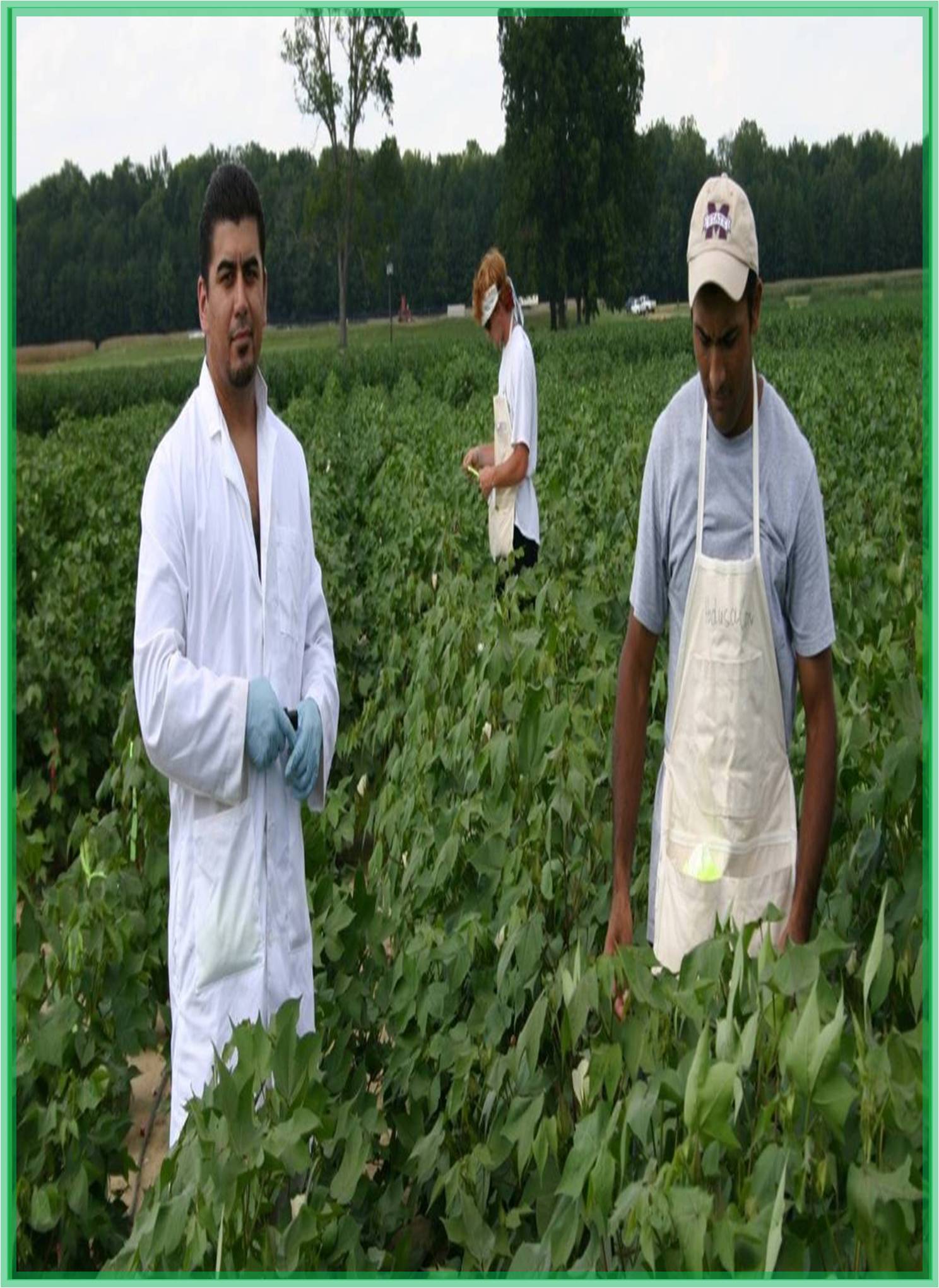



Received: 20-Jul-2022, Manuscript No. GJARR-22-71440; Editor assigned: 25-Jul-2022, Pre QC No. GJARR-22-71440 (PQ); Reviewed: 08-Aug-2022, QC No. GJARR-22-71440; Revised: 16-Aug-2022, Manuscript No. GJARR-22-71440 (R); Published: 23-Aug-2022, DOI: 10.15651/2437-1858.22.10.009
Land that is not suited for any agricultural use is referred to as non-arable land. Lack of sufficient freshwater for irrigation, stoniness, steepness, unfavourable climate, excessive wetness with impractical drainage, excessive salts, or a combination of these are only a few of the characteristics that make land unsuitable for cultivation for crop production. Large areas that are unsuitable for agriculture may nonetheless be profitable agriculturally, even though such restrictions may make cultivation impossible in certain circumstances and prohibit any agricultural use in others.
According to US NRCS data, 59 percent of nonfederal pasture and unfrosted rangeland in the US is unsuitable for cultivation but valuable for cattle grazing. In British Columbia, Canada, 41% of the provincial agricultural land reserve area is appropriate for the uncultivated production of feed used by grazing cattle but is unsuitable for the production of cultivated crops. Numerous other rangeland regions contain examples that are comparable to these. In some cases, unusable land can be turned into arable land for the growing of crops. More food is produced on new arable land, which can decrease starvation. As a result of fewer food imports, a nation becomes more politically and economically independent. Making non-arable land arable frequently entails creating new irrigation canals and wells, aqueducts, trees for shade in the desert, hydroponics, fertiliser, nitrogen fertiliser, pesticides, reverse osmosis water processors, PET film insulation or other insulation against heat and cold, digging channels and hills for wind protection, installing channels greenhouses with internal light and heat for protection against the cold outside, and more. The cost of these adjustments is frequently unaffordable.
The seawater greenhouse is an option that uses solar energy as the only energy source to desalinate water through evaporation and condensation. With this technology, crops can be grown on desert ground near the sea with ease. The soil does not become arable by the employment of artifice. Rock is still rock, and soil that can be turned in less than 6 feet is still not thought to be workable. An open-air, non-recycled water hydroponic connection is the employment of artifice. The circumstances listed below lack context, are transient, and have a propensity to accumulate trace elements in soil that either there or elsewhere causes deoxygenating. Large-scale fertiliser use may have unanticipated negative effects on the environment by destroying rivers, waterways, and river mouths due to the build-up of toxic substances that cannot be broken down and nitrogencontaining molecules that obstruct the formation of aerobic processes.
The Isle of Aran These islands off the west coast of Ireland were too rocky to be used for agricultural farming. The inhabitants covered the islands with a thin layer of seaweed and beach sand. Even though the islands are still regarded as unusable, crops are cultivated there. Israel Desalination facilities built along Israel's coast have made it possible to cultivate certain formerly uncultivated areas. Desalination plants have produced a new source of water for drinking, washing, and farming by taking the salt out of ocean water.
Wood ash contains nutrients that are used in slash-andburn agriculture, however these nutrients quickly degrade. Terra preta, fertile soils in the tropics made by incorporating charcoal. Farmland was converted to desert by droughts like the "Dust Bowl" during the Great Depression in the US. Due to erosion brought on by humans and desertification, arable land is lost every year. The sodium, calcium, and magnesium in cropland might rise to the surface as a result of improper irrigation. Crops that cannot tolerate salt will produce less as a result of the process' gradual concentration of salt in the root zone. Deforestation of rainforests: The fertile tropical forests are destroyed, leaving behind barren deserts.
For instance, slash-and-burn deforestation, a component of shifting farming used by many locals, has rendered Madagascar's central highland plateau almost entirely barren.